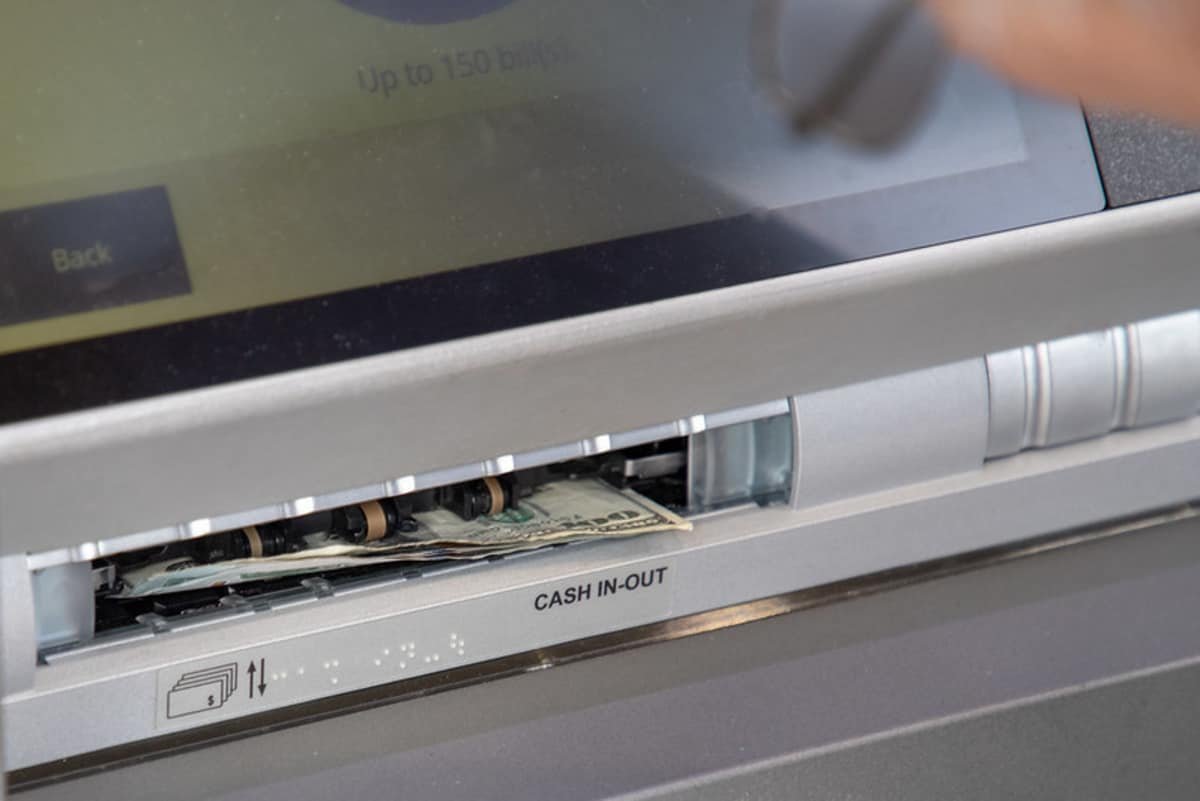Owner Withdrawals
Definition: An owner’s withdrawal, sometimes called a distribution, is a payment of cash or assets from a partnership or sole proprietorship to one of its owners. In other words, owner withdrawals is when an owner takes money out of the company for personal use. Owner withdrawal also referred to as drawings, is when an entity’s owner withdraws assets from it.
It’s a way for them to pay themselves instead of taking a salary.
What Is a Drawing Account?
A drawing account is an accounting record maintained to track money withdrawn from a business by its owners. A drawing account is used primarily for businesses that are taxed as sole proprietorships or partnerships. Owner withdrawals from businesses that are taxed as separate entities must generally be accounted for as either compensation or dividends.
Recording Transactions in the Drawing Account
A journal entry to the drawing account consists of a debit to the drawing account and a credit to the cash account. A journal entry closing the drawing account of a sole proprietorship includes a debit to the owner’s capital account and a credit to the drawing account.
Read also: Accounting Formulas | Definition, Calculation and Utility
For example, at the end of an accounting year, Eve Smith’s drawing account has accumulated a debit balance of $24,000. Eve withdrew $2,000 per month for personal use, recording each transaction as a debit to her drawing account and a credit to her cash account. The journal entry closing the drawing account requires a credit to Eve’s drawing account for $24,000 and a debit of $24,000 to her capital account.
How does a draw affect taxes in the US?
Owner’s draws (as well as dividends and other types of distributions) are generally not subject to payroll taxes when they’re paid, but you will need to pay income and self-employment taxes—for Social Security and Medicare—on them quarterly, on an estimated basis, and when you file your individual federal tax return
Owner Withdrawals Examples
1. Let’s take a look at an example. Assume John has a 50% share of Blue Guitar, LLC. This is a limited liability company that is treated like a partnership. He decides that he wants to buy a new car, so he withdraws $10,000 from his share in the partnership. Blue Guitar, LLC would record a debit the John’s capital withdrawals account and a credit to cash for $10,000.
2. Mr. Donovan starts his sole proprietorship, Donovan Biz, with a cash injection of $10,000. Being the only employee for the business, Mr. Donovan holds the rights to its equity. Finally, the owner records the initial investment in Donovan Biz as follows.
| Date | Particulars | Dr | Cr |
| Cash | $ 10,000 | ||
| Capital | $ 10,000 |
After a year, Donovan Biz makes a profit of $5,000. Therefore, the business’ total equity is $15,000 with the initial investment. Mr. Donovan withdraws $7,000 cash from Donovan Biz. The journal entries for the withdrawal will be as follows.
| Date | Particulars | Dr | Cr |
| Drawings | $ 7,000 | ||
| Cash | $ 7,000 |
After this transaction, Donovan Biz will only have a capital of $8,000. Of the above $7,000 withdrawn, $5,000 will offset the profits made from the business. The rest will net off against the existing capital balance.
Important: the information contained in this article is not tax or legal advice and is not a substitute for such advice. State and federal laws change frequently, and the information in this article may not reflect your own state’s laws or the most recent changes to the law. For current tax or legal advice, please consult with an accountant or an attorney.
Sources: PinterPandai, MyAccountingCourse, AccountingTools
Photo credit: Cindy Shebley / Flickr



